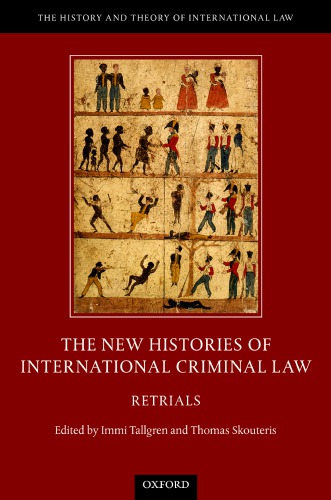

Most ebook files are in PDF format, so you can easily read them using various software such as Foxit Reader or directly on the Google Chrome browser.
Some ebook files are released by publishers in other formats such as .awz, .mobi, .epub, .fb2, etc. You may need to install specific software to read these formats on mobile/PC, such as Calibre.
Please read the tutorial at this link. https://ebooknice.com/page/post?id=faq
We offer FREE conversion to the popular formats you request; however, this may take some time. Therefore, right after payment, please email us, and we will try to provide the service as quickly as possible.
For some exceptional file formats or broken links (if any), please refrain from opening any disputes. Instead, email us first, and we will try to assist within a maximum of 6 hours.
EbookNice Team

Status:
Available0.0
0 reviewsSeventy years after Nuremberg and Tokyo, and twenty years after the Rome Conference, international criminal law seems to have developed a 'Whig' historiography of its own. This historiography at times creates a mythological life of past law and its institutions and actors, and on which-in the absence of a glorious present to laud-hopes for a shiny new future are built. This volume is boldly calling for a retrial of this historiographical tradition, in fact many of them: Retrials. Carefully curated, and with contributions by leading scholars, this book pursues three research objectives: to bring to the fore the structure and function of contemporary histories of international criminal law, to take issue with the consequences of these histories, and to call for their demystification. The essays discern several registers on which the received historiographical tradition must be retried: tropology; inclusions/exclusions; gender; race; representations of the victim and the perpetrator; history and memory; ideology and master narratives; international criminal law and hegemonic theories; and more. The book intervenes critically in the fields of international (criminal) law and international legal history by bringing in new voices and fresh approaches. Taken as a whole, it provides a rich account of the dilemmas, conundrums, and possibilities entailed in writing histories of international criminal law beyond, against, or in the shadow of the master narrative.